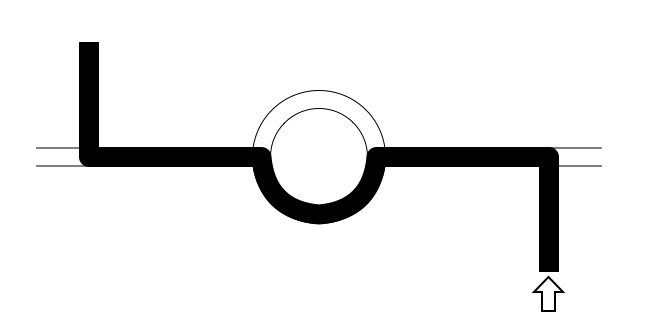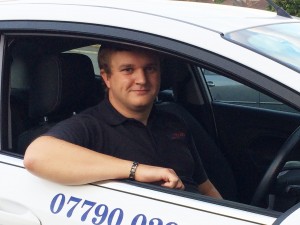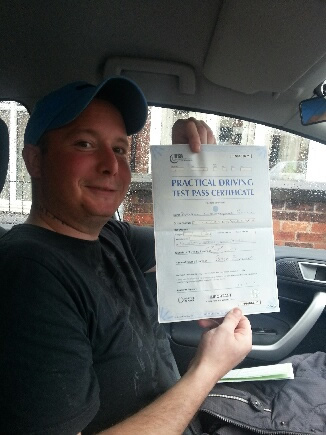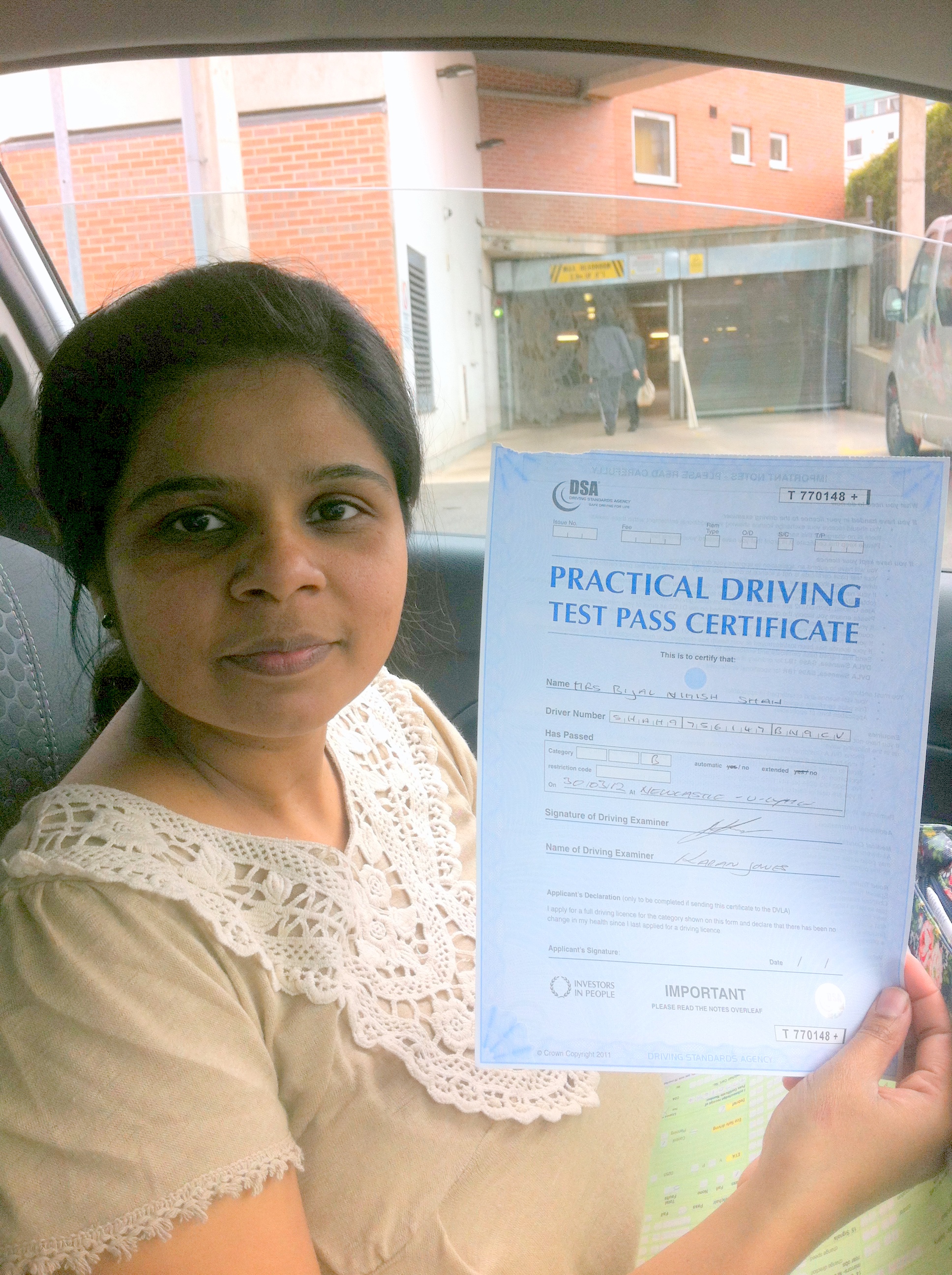What is independent driving?
Independent Driving was introduced to the UK driving test in October 2010. It is a 10 minute section of the driving test, where the driver is expected to follow a series of directions, roadsigns, or a combination of both. For example, the examiner may say, at the end of the road turn left, then at the roundabout follow the road ahead, then take the next right. If required, the examiner may also show a diagram to support the instructions (see below). Alternatively, the examiner may ask the driver to follow road signs, or may give a combination of both. For example, the examiner may say “At the end of the road turn left, then follow the signs to Stoke on Trent”.
Why is there a need for independent driving?
Independent driving was introduced to ensure that drivers presented for the driving test were able to drive independently, without having to be directed for each individual junction. The reason behind this was that learners could easily fall into the habit of using directions as a prompt. What I mean by this is, traditionally learners are taught the MSM routine – Mirrors, Signal, Manoeuvre (further broken down to PSL – Position, Speed, and Look). They then get into the habit of whenever their driving instructor gives them a direction, they then see this as a prompt to start doing the MSM routine. The problem with this, is that once the learner has passed their driving test, although they may know when to turn left or right, without the direction (prompt) from the driving instructor, the new driver may forget to use the MSM routine.
Also, up until independent driving was introduced, drivers were not required to read directional road signs. Again, once the driver has passed their driving test, they may not have been able to read roadsigns, causing great difficulties, especially when the driver visits an area they are unfamiliar with.
So, what problems may that cause?
The MSM routine is used to assess the traffic situation behind you, signal your intention to other road users, before completing the manoeuvre itself. If just 1 element is missing from this approach, the driver may be creating a dangerous situations. For example, when making a left turn, if the driver doesn’t check their mirrors, they will not be aware if a car behind is following too closely. If the subsequent signal is also missing, the following car will not be aware of the drivers intention to turn, and then may be taken by surprise when the driver brakes to slow down for the junction, potentially leading the following driver to crash into the back of the leading car.
In relation to roadsigns, if a driver was unable to read the directions given on signs, they may get lost, causing stress to the driver, or they may suddenly change direction when they realise they are going the wrong way causing dangers to other road users.
How does independent driving help?
Independent driving promotes thinking on behalf of the driver. Although the examiner may still give directions, they are usually given in groups of three. The junctions may be quite close together, or they may be far away from each other. This means that the driver needs to think about where the junction is, or to read a sign and decide on the direction to be taken, then plan how they are going to approach it on their own, without the usual prompt of an instruction.
But what if I take the wrong turning, miss a turn, or don’t see the signs?
Providing you drive safely YOU WILL NOT have a fault marked on your driving test report! The aim of independent driving is that you demonstrate how to drive safely on your own, and it is not there to test your ability to follow instructions. An example of this would be, the examiner has asked you to take the second road on the left, and you mistakenly take the first turn on the left. Providing you approached using the correct MSM routine then you will not be marked down. If the examiner can see that you are going to turn the wrong way, and it may take you a long way from the set route, they may remind you of the direction required to try and encourage you to go in the correct way. And again, providing you do everything safely, you will not normally be marked down for this. If you have taken a wrong turning, the examiner will tell you so, and then either give you directions to get back onto the same route, or change the route slightly.
Finally, what if I forget where I’m supposed to be going?
Just ask! There will be no problem if you ask the examiner to repeat his instructions, it’s better to do that than just carry on driving aimlessly. What you would be penalised for though, is if you just arrive at a junction, with no signals, and no idea where you are going, because you will not have given traffic around you any indication as to where you are going. If you get to a junction and you are not sure where to go, it is much better to choose a direction, follow your instinct and make a safe turning.
Do you want to start, or are you already taking driving lessons in Stoke on Trent?
Why not give us a call and speak to one of our highly experienced driving instructors about how we can help you to pass your driving test. Our driving lessons are taught using the most modern techniques and we have a great reputation in Stoke on Trent. For more details, please visit our website www.driveahead.co.uk or give us a call on 01782 906010







